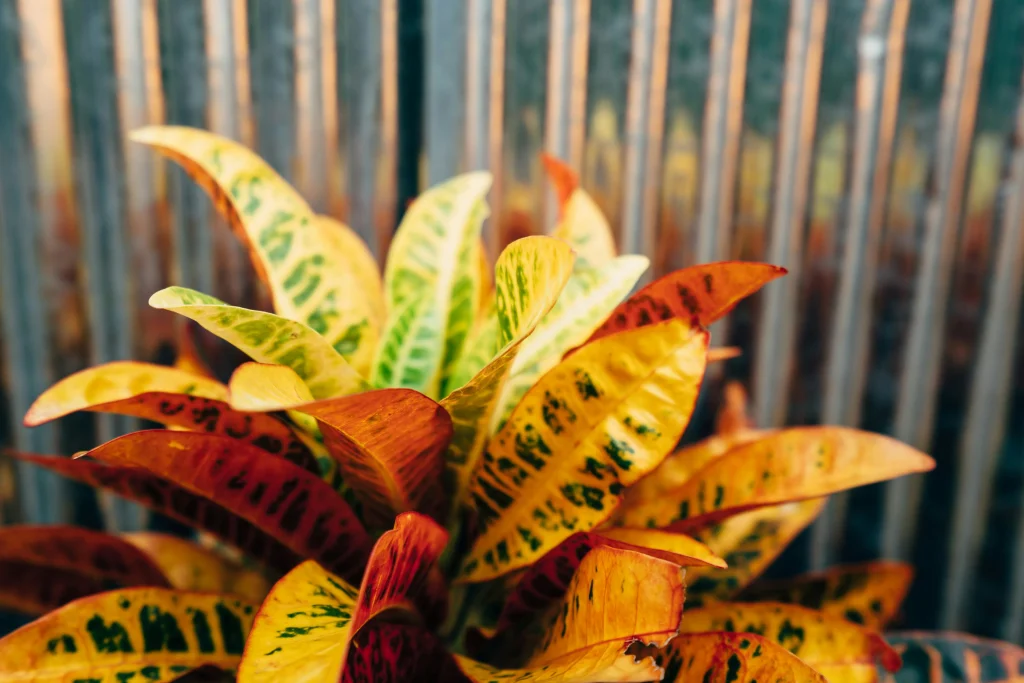Snake plants, also known as Sansevieria or Mother-in-Law’s Tongue, are popular houseplants due to their hardiness and low maintenance. Their long, upright leaves add a striking aesthetic to any space. However, if your snake plant’s leaves are turning yellow, it’s a sign that something’s off. Below, we’ll explore the common causes of snake plant turning yellow and how to restore your plant to its vibrant green glory.
Common Causes of Snake Plant Turning Yellow
1. Overwatering
Snake plants are succulents that store water in their leaves, making them highly susceptible to root rot if overwatered. Yellowing leaves, especially at the base, often indicate excess moisture.
- Signs: Soft, mushy, or soggy leaves; soil that remains wet for days.
- Solution: Allow the soil to dry out completely between waterings. Water sparingly, typically every 2–4 weeks, depending on light and humidity. Ensure the pot has drainage holes, and empty any excess water from saucers. If root rot is suspected, remove the plant, trim affected roots, and repot in fresh, well-draining soil.
2. Underwatering
While snake plants are drought-tolerant, prolonged neglect can cause stress, leading to yellowing leaves.
- Signs: Dry, crispy, or shriveled leaves; soil that’s bone-dry.
- Solution: Water the plant thoroughly, ensuring water reaches the roots. Establish a consistent watering schedule, checking the soil’s top inch before watering again. In warmer months, you may need to water slightly more often.
3. Improper Lighting
Snake plants tolerate a range of light conditions, but too much direct sunlight or too little light can cause problems. Excessive sunlight can scorch leaves, while insufficient light can weaken the plant, leading to yellowing.
- Signs: Yellowing or fading leaves in bright, direct light; pale, drooping leaves in low light.
- Solution: Place your snake plant in bright, indirect light, such as near a north- or east-facing window. If it’s in direct sun, move it to a shadier spot. For low-light areas, supplement with a grow light or move the plant to a brighter location.
4. Poor Soil or Potting Issues
Compacted or waterlogged soil can suffocate roots, causing yellow leaves. Similarly, a pot that’s too small can restrict growth and nutrient uptake.
- Signs: Yellowing leaves paired with stunted growth or water pooling in the soil.
- Solution: Use a well-draining potting mix, such as a cactus or succulent blend. Repot every 2–3 years or when the plant becomes root-bound. Choose a pot with drainage holes and slightly larger than the current one.
5. Nutrient Deficiency
While snake plants don’t require frequent fertilization, a lack of nutrients over time can cause yellowing.
- Signs: Pale or yellow leaves with slow growth.
- Solution: Feed your snake plant with a diluted, balanced liquid fertilizer (e.g., 10-10-10) once every 2–3 months during the growing season (spring and summer). Avoid over-fertilizing, as this can burn the roots and worsen yellowing.
6. Pests or Diseases
Pests like spider mites or fungal infections can stress the plant, leading to yellow leaves.
- Signs: Tiny webs, spots, or sticky residue on leaves; yellowing accompanied by wilting or unusual spots.
- Solution: Inspect the plant closely for pests. Wipe leaves with a damp cloth or use insecticidal soap for infestations. For fungal issues, remove affected leaves and improve air circulation around the plant.
7. Temperature Stress
Snake plants prefer temperatures between 60–85°F (15–29°C). Cold drafts or sudden temperature changes can cause yellowing.
- Signs: Yellowing leaves after exposure to cold or heat extremes.
- Solution: Keep the plant away from drafty windows, air conditioners, or heaters. Maintain a stable indoor temperature.
How to Prevent Yellowing in the Future
- Water Wisely: Stick to a “less is more” approach. Check soil moisture before watering.
- Optimize Light: Ensure bright, indirect light for healthy growth.
- Use Proper Soil and Pots: Choose well-draining soil and pots with drainage holes.
- Monitor for Pests: Regularly inspect your plant for early signs of pests or disease.
- Fertilize Sparingly: Provide nutrients during the growing season but avoid overdoing it.

When to Take Drastic Measures
If yellowing persists despite adjustments, the plant may need more intervention:
- Trim Yellow Leaves: Use clean scissors to cut off yellowed leaves at the base to encourage new growth and improve appearance.
- Repot or Propagate: If the plant is severely root-bound or suffering from rot, repot it or propagate healthy sections by cutting and replanting leaf segments.
Conclusion
A yellowing snake plant isn’t a death sentence. By identifying the cause—whether it’s overwatering, poor lighting, or another issue, you can take targeted steps to revive your plant. With proper care, your snake plant will return to its resilient, green self, adding beauty to your space for years to come.



